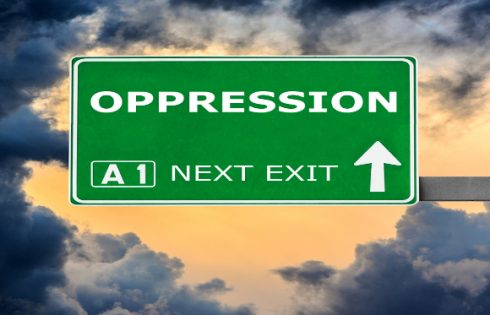
The Campus Accountability and Safety Act, introduced by a bipartisan group of senators last week, relies on statistics from a poorly designed survey, according to a former chief economist of the U.S. Department of Labor.
Writing in MarketWatch, Diana Furchtgott-Roth says the Centers for Disease Control survey that said 18 percent of women have been raped and White House report that said one in five women have suffered the same in college are contradicted by other reports. That’s probably because of flawed methodology:
The survey starts out with 201,881 phone numbers, but whittles it down to only 8% of the original sample. Fifty-three percent of the phone numbers are of “unknown eligibility,” hence unused, without stating the reason.
Further, it is the surveyors, rather than the respondents, who determine whether the respondent has been raped. It is unclear why the CDC did not just ask whether the respondent has been raped. In the CDC’s own words, “the survey is designed to assess violence in a way that is consistent across states.”
Then, some questions are ambiguous. For example, the survey asks, “When you were drunk, high, drugged, or passed out and unable to consent, how many people have had vaginal sex with you?” To a typical respondent, it is not clear whether the condition of “unable to consent” applies to “drunk, high, drugged,” or if “unable to consent” is a separate condition. Respondents who had consensual sex while drunk but were able to consent (not exactly an uncommon act on campuses these days) may answer affirmatively, leading the surveyor to wrongfully count this as an instance of rape.
Using Bureau of Justice Statistics figures and a University of Michigan professor’s compiled data sets, Furchtgott-Roth comes up with 1.3 rapes per 1,000 persons for the population at large and 3-5 percent of college women.
Due-process protections for accused students are already weak and parents themselves clearly don’t believe their daughters are at such high risk, she says:
If parents really thought that their daughters had a 20% chance of being raped when they went off to college, they would never send them into such danger. Or, young women and their families would demand single-sex dorms. Single-sex colleges such as Bryn Mawr or Smith would be more popular than Yale or Harvard.
Yet the gender trend is exactly the opposite. Read the whole article here.
h/t e21
Like The College Fix on Facebook / Follow us on Twitter
IMAGE: Donkey Hotey/Flickr






Please join the conversation about our stories on Facebook, Twitter, Instagram, Reddit, MeWe, Rumble, Gab, Minds and Gettr.